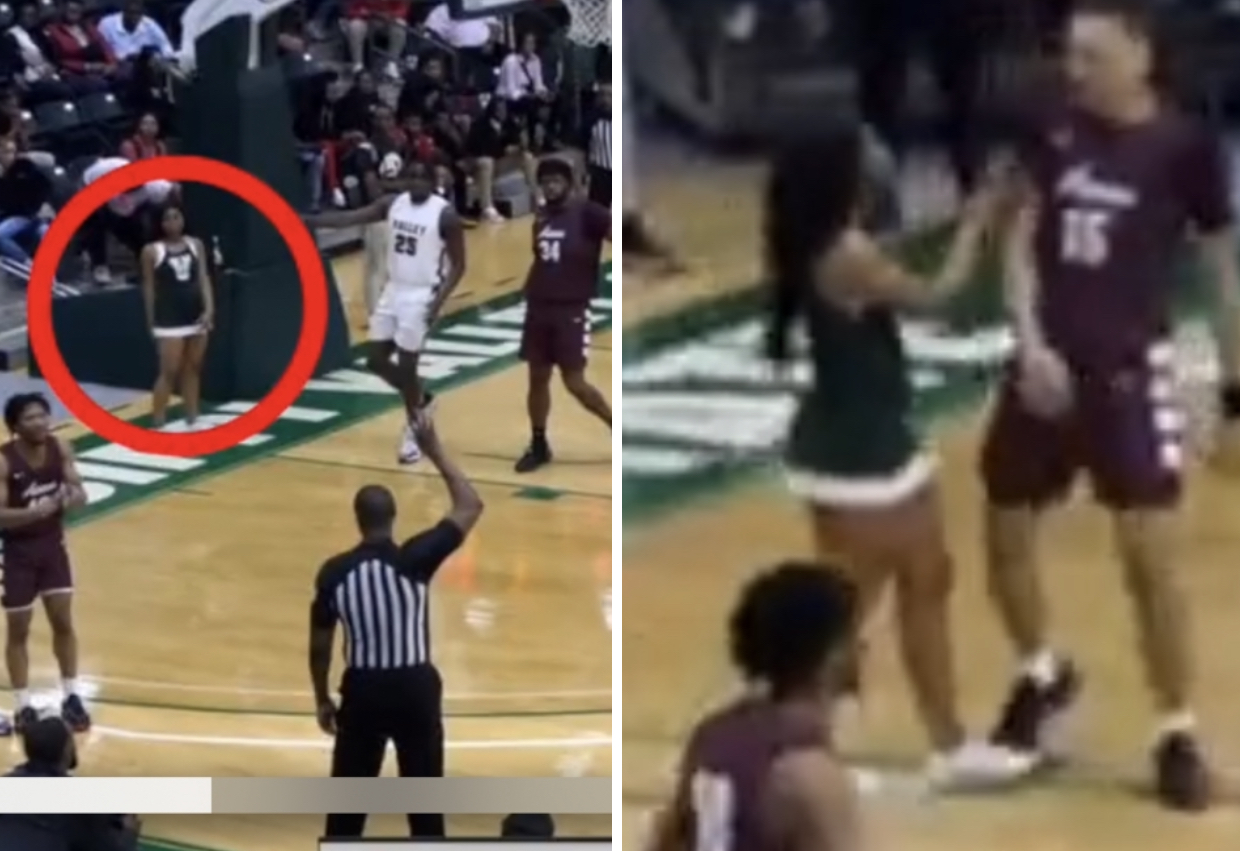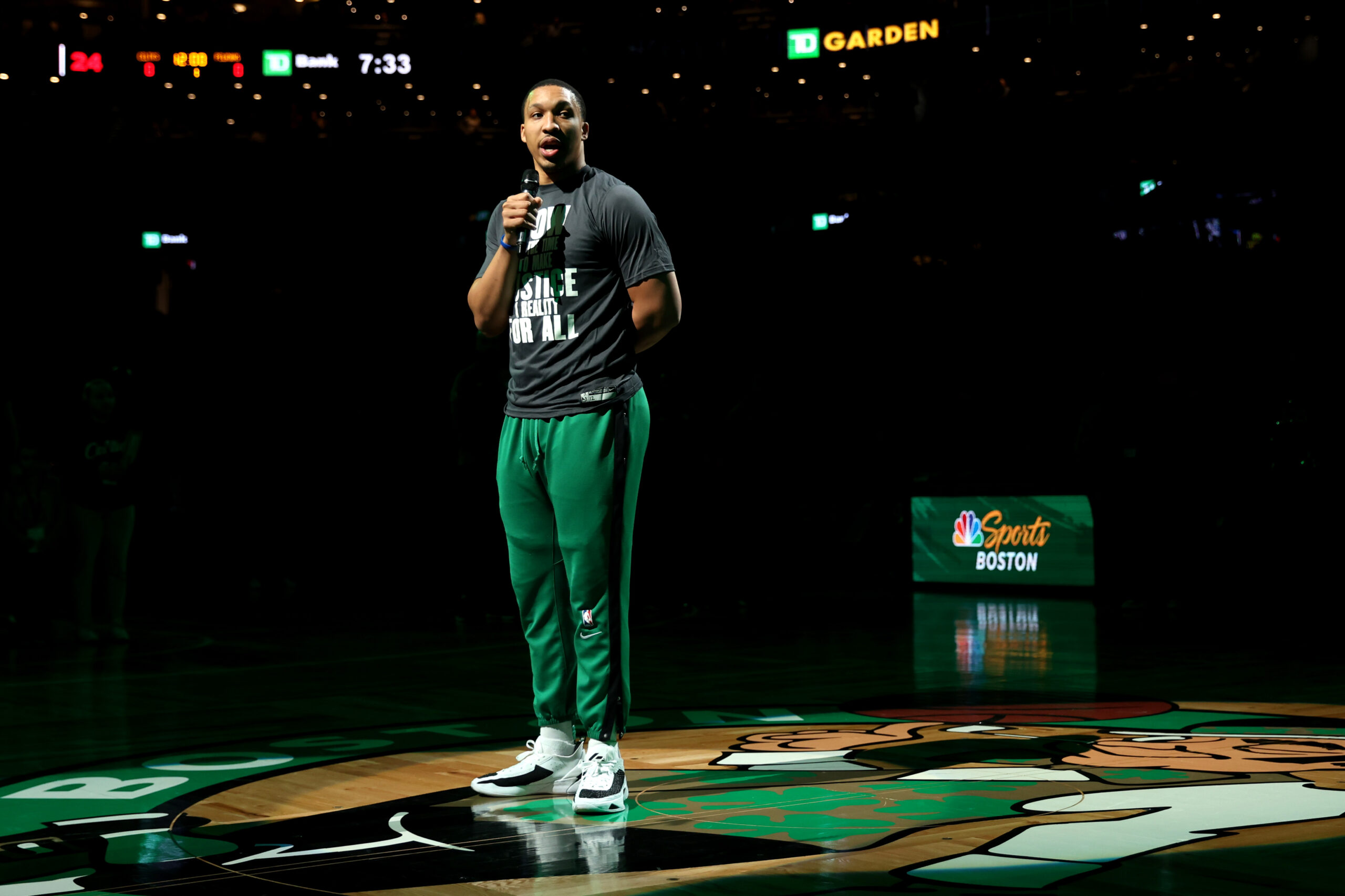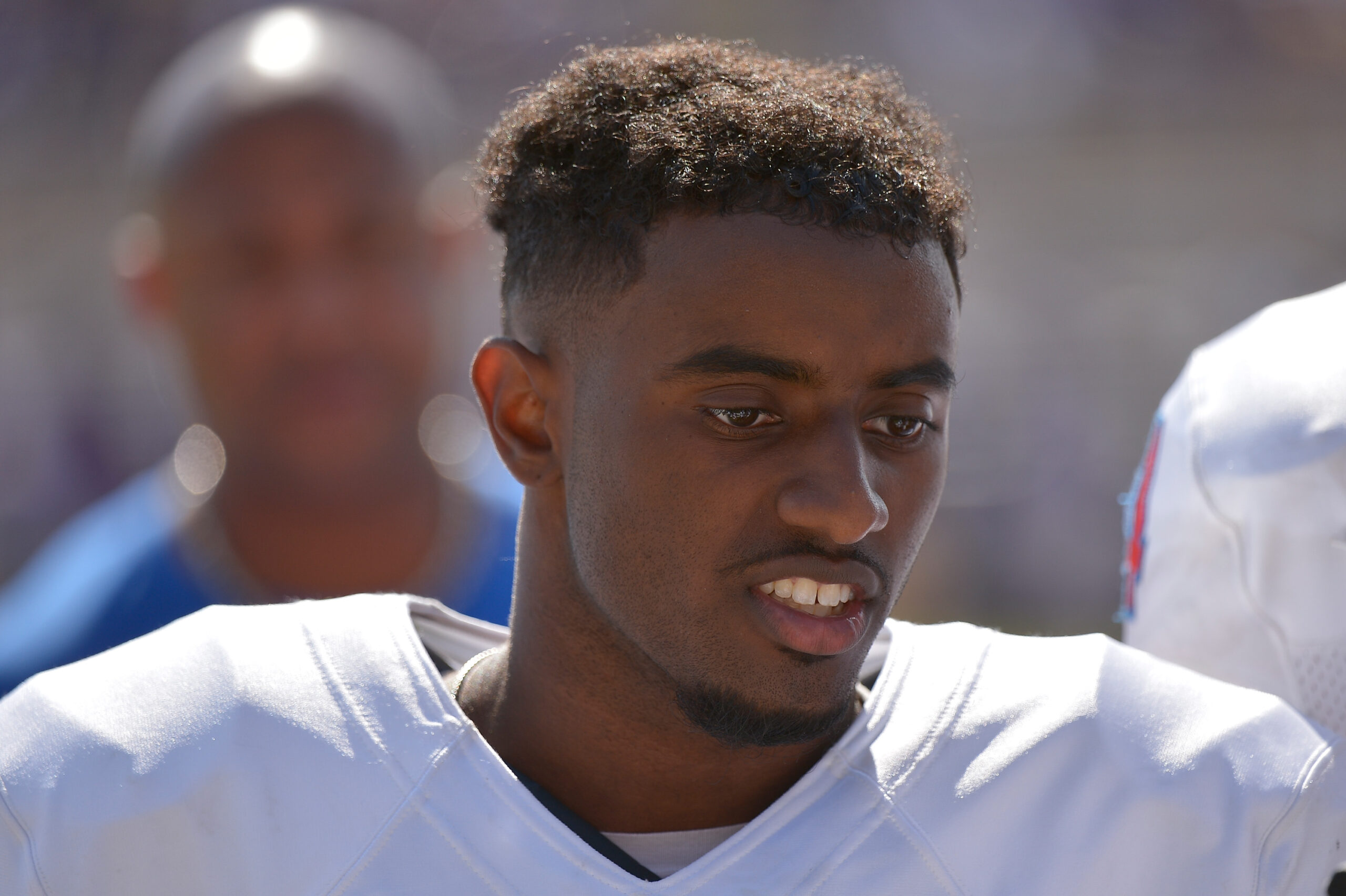When rumblings first emerged of a player-led uprising at Grambling State, most of the sports world barely blinked an eye. Initial reports said players were unhappy with long bus rides and upset that the student body president allegedly called the team “soft.” Although this claim was later refuted, a few days later, after the team made national headlines when it refused to travel to an away game at Jackson State, some agreed with the softness label.
When I started covering this story on my website, HBCU Gameday, on Wednesday, I didn’t really have a feeling one way or another. I knew it was an important story, but as to whether or not the players were right or wrong, I had no idea.
My perspective began to change on Friday, when just hours before the team was supposed to board the bus to JSU, a source told me that the players were upset because of mold and mildew on workout equipment, which they contended led to several instances of staph infections.
As of today, I am totally convinced that not only are Grambling’s players right, but they are carrying on the legacy of student protests by HBCU students and student-athletes that stretches back to the start of the 20th century.
The Civil Rights Movement of the 1950s and 60s owes much of its success to HBCUs and their students. From NC A&T’s Greensboro Four to Morehouse alum Dr. Martin Luther King’s “I Have A Dream” speech, it is impossible to envision the society that we have today without products of HBCUs stepping in to help bring about these changes.
While Grambling’s protest doesn't necessarily belong in the same category as those fighting Jim Crow, they do continue a tradition of HBCU athletes speaking out against mistreatment. During the Great Depression, football players at Howard University refused to suit up for a home game against Virginia Union because they claimed they weren’t being properly fed. Now, decades later, we have the Grambling State men taking a stand.
There are those naïve enough to believe that this is just players on a losing team taking out their frustrations, that they should “suck it up” or “stick it out” until the end of the season. But people who believe this, are not paying these young men the attention they, and their cause deserve. Pictures of dirty locker room walls, missing locker room tiles and defective weight benches scream neglect and a disregard for the safety of the student-athletes that the school trots all over the country to bring in money.
Yes, it’s true that these conditions are not new and didn’t happen overnight. Players have been putting up with this through the first half of the season. They could easily play it safe: accept the status quo, hold on to their scholarships, get their degrees and keep it moving. But what these young men grasp, and what their doubters seem to be missing, is that if they keep silent, nothing will change and their current conditions could possibly get worse.
What we're doing now will make things better for the freshmans, sophomores, and athletes to come.
— Johnny Hedgemon Jr (@Playmaker_85) October 18, 2013
Grambling receiver Anthony McGhee has been one of the more vocal players on twitter, and his tweets shine light on the thought process of the players.
“If we were quitters or losers, we would’ve done this last year…football is not what this is about.”
It's this kind of mindset, the ability to look beyond what is convenient for the individual and make things better going forward that makes me proud that these young men are members of the HBCU legacy.



